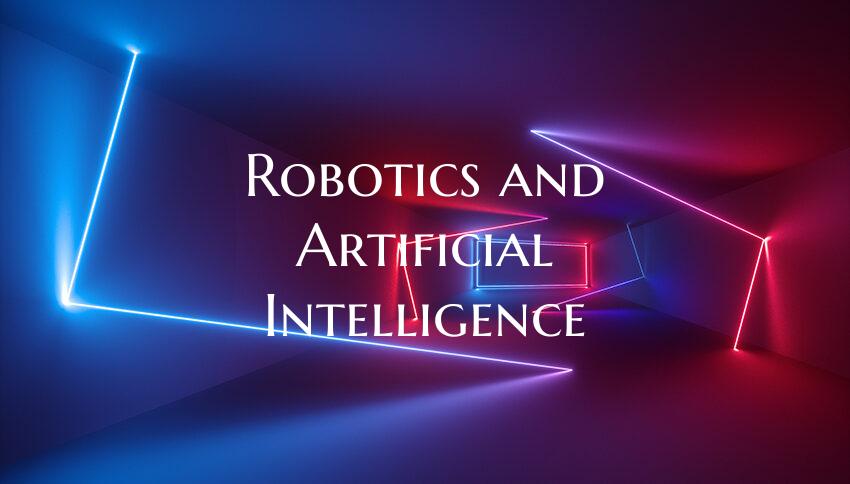Robotics and Artificial Intelligence
In today's rapidly evolving technological landscape, the fields of robotics and artificial intelligence (AI) stand at the forefront of innovation, promising to redefine the way we live, work, and interact with the world around us. The synergy between robotics and AI has paved the way for groundbreaking advancements in various industries, from healthcare and manufacturing to transportation and entertainment.
Robotics, the branch of engineering and science that deals with the design, construction, operation, and application of robots, has long been intertwined with AI, the simulation of human intelligence processes by machines. By incorporating AI technologies such as machine learning, natural language processing, and computer vision into robotic systems, researchers and developers have unlocked new possibilities for autonomous decision-making, adaptive learning, and human-machine interaction.
One of the most significant implications of the convergence of robotics and AI is the development of intelligent autonomous robots. These advanced machines are capable of sensing, interpreting, and responding to their environment in real-time, enabling them to perform complex tasks with minimal human intervention. In industrial settings, autonomous robots equipped with AI algorithms can enhance productivity, efficiency, and safety by executing repetitive tasks, conducting quality inspections, and avoiding collisions with precision and accuracy.
In the healthcare sector, robotics and AI are revolutionizing patient care and medical procedures. Robotic-assisted surgery systems, guided by AI algorithms that analyze patient data and provide real-time feedback to surgeons, have improved surgical precision, reduced recovery times, and enhanced patient outcomes. Similarly, robotic companions and assistive devices powered by AI are transforming the caregiving experience for individuals with disabilities and the elderly, providing personalized support and enhancing quality of life.
In the realm of transportation, self-driving cars and drones are prime examples of AI-driven robotics that are reshaping how we move from place to place. By leveraging AI technologies such as neural networks and sensor fusion, autonomous vehicles can navigate complex road environments, make split-second decisions, and anticipate potential hazards to ensure passenger safety and traffic efficiency. Furthermore, delivery drones equipped with AI-powered route optimization and object detection capabilities are revolutionizing logistics and e-commerce, enabling rapid, cost-effective, and environmentally friendly parcel delivery services.
Beyond practical applications, robotics and AI are also fueling creativity and innovation in the entertainment industry. From interactive social robots that engage with audiences in theme parks and museums to AI-generated content in video games and virtual reality experiences, the fusion of robotics and AI is pushing the boundaries of storytelling, immersion, and interactivity, offering new avenues for artistic expression and user engagement.
As we navigate the dynamic landscape of robotics and artificial intelligence, it is essential to address ethical considerations surrounding the use of intelligent machines, including data privacy, algorithm bias, job displacement, and societal impact. By fostering interdisciplinary collaboration, promoting transparency, and prioritizing human-centered design principles, we can harness the transformative power of robotics and AI to create a future that is inclusive, equitable, and sustainable for all.
In conclusion, the intersection of robotics and artificial intelligence represents a paradigm shift in how we perceive, interact with, and leverage technology to address complex challenges and unlock new opportunities for innovation and progress. By embracing the synergy between these two fields, we can pave the way for a future where intelligent machines work alongside humans to enhance our quality of life, drive economic growth, and shape a more connected and intelligent society.

